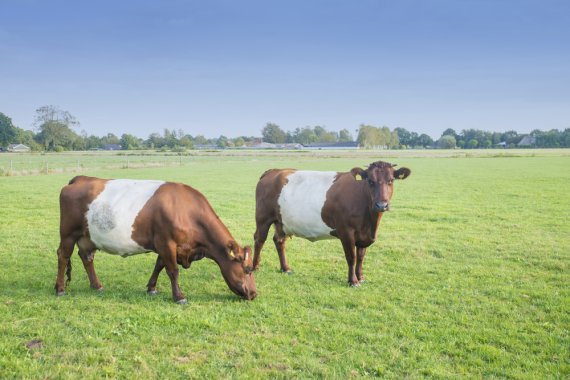Photo: Shutterstock
Why is there a threat to these old breeds?
‘There are eight original Dutch breeds of cattle and seven of them are endangered, meaning that there are fewer than 3000 purebred female animals available for breeding. From the 1970s onwards, livestock farmers shifted en masse to Holstein Friesian cows because they produce more milk. Some farmers keep more unusual breeds as well, but they can’t ignore the money side either and if they have to reduce the size of the herd, they will be looking at the least productive animals first.’
Why is it important to keep these breeds?
‘The old breeds are part of our living cultural heritage. A lot of public money is spent on cultural artefacts in museums but not on the conservation of breeds. There are grants available for this through the European Union and many countries make use of that. The Dutch government does support projects and initiatives in this area, but grants would help too. The traditional breeds are not the most efficient ones in intensive livestock farming but they perform well in extensive conditions, such as on organic livestock farms or in combination with nature management. These breeds have unique properties and once we understand more about which genes are involved, we can use that in breeding programmes.’
Is there still hope for the traditional Dutch cow?
‘Rare breeds could be exempted from culling in the event of an outbreak of disease. There is a proposal to make an exception for them too in the phosphate scheme. Hobby farmers with fewer than five cows already have an exemption. But you actually need the bigger farms to maintain a breed. We can revive a breed using semen in our gene bank, but that takes six to eight generations. It is an insurance policy in an emergency, but we should do everything we can to avoid such a scenario.’

